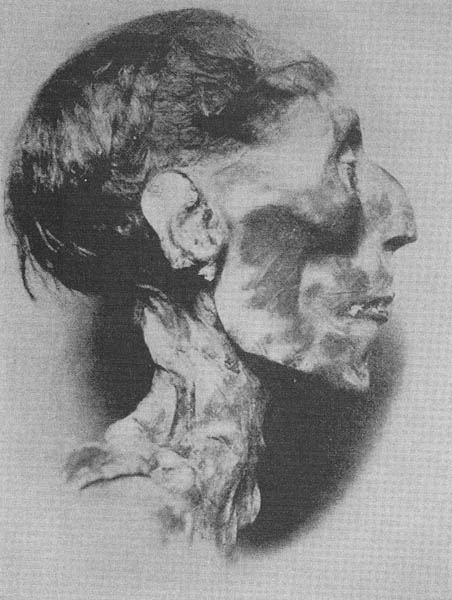Image Details

Frank Yurco
Mighty warrior or blowhard? Mummification and the passage of time have not dulled the striking features—high forehead, fine curly hair and prominent nose—of Pharaoh Ramesses II (1279–1212 B.C.E.). Thought by many scholars to have been the Pharaoh of the Exodus, Ramesses II undertook massive building projects that required vast amounts of forced labor.
Could so great a ruler as Ramesses have suffered a crushing defeat at the hands of a small band of runaway slaves, as the Book of Exodus recounts? Yes, writes Peter Feinman; using the events in Eastern Europe in 1989 as an analogy, he warns of the pitfalls of relying solely on official imperial records—be they Soviet or Egyptian—and seeks to recover the story of the Exodus from between the lines of surviving Egyptian records.
